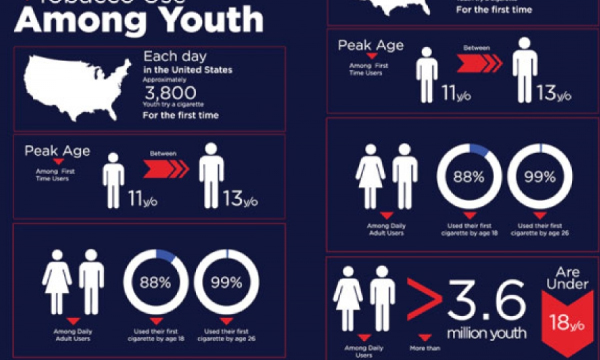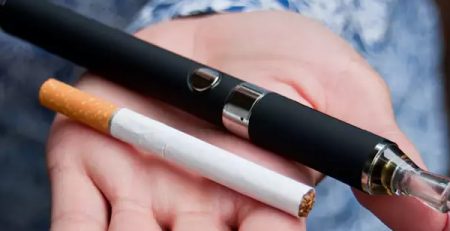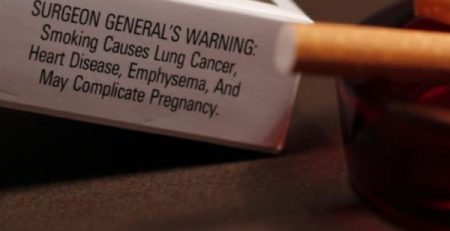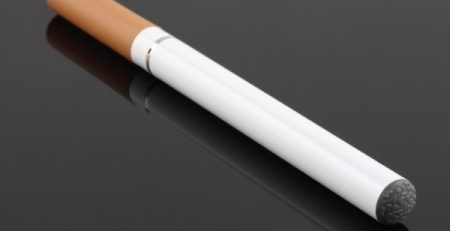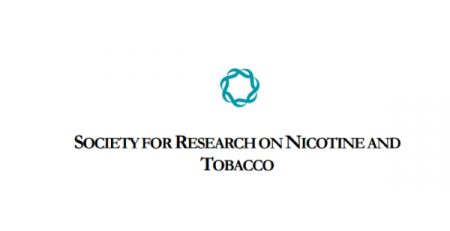The Centers for Disease Control and Prevention (CDC)
The Centers for Disease Control and Prevention (CDC) has published significant data and trends related to the rising epidemic of usage of alternate forms of tobacco among the nation’s youth.
For the first time ever, the use of the electronic cigarette (e-cigarrette) has surpassed traditional cigarette usage in adolescents.
E-cigarettes are battery-operated products designed to deliver aerosolized nicotine and other flavors to the consumer. Most look like conventional cigarettes but some resemble everyday items such as pens, USB drives, and memory sticks.1 In the following article, we present findings from the CDC’s Morbidity and Mortality Weekly Report with commentary on the state of this growing epidemic and barriers to effective screening methods. [West J Emerg Med. 2016;17(2):139–142.]
CDC MMWR Findings In the April 17,2015 issue of the Morbidity and Mortality Weekly Report (MMWR), the Centers for Disease Control and Prevention (CDC) and Food and Drug Administration (FDA) published data and trends concerning tobacco use among middle (grade 6-8) and high school students (grade 9-12). The report clearly showed that between 2011 and 2014, statistically significant increases were observed among students for the use of electronic cigarettes and hookahs that has offset the overall decrease in more traditional tobacco products such as cigarettes and cigars. To determine the prevalence and trends of past 30-day use of nine tobacco products (cigarettes, cigars, smokeless tobacco, e-cigarettes, hookahs, tobacco pipes, snus, dissolvable tobacco, and bidis), the CDC and FDA analyzed data from the 2011-2014 National Youth Tobacco Surveys (NYTS). The NYTS is a cross-sectional, school-based, self-administered, written questionnaire administered to students to monitor the impact of comprehensive tobacco control polices and strategies and inform the FDA’s regulatory actions. Participants were asked about current usage of any tobacco products. “Current usage” was defined as using a tobacco containing product >1 time during the past 30 days. Tobacco use was defined as “any tobacco containing product,” and “>2 tobacco product usage” was defined as use of two or more tobacco products. Orthogonal University of California, Irvine, Department of Emergency Medicine, Orange, California polynomials were used with logistic regression analysis to test for significant linear and non-linear trends. The CDC found that in 2014, 24.6% of high school students reported current use of a tobacco-containing product with 12.7% reporting using >2 tobacco products. Of all types, e-cigarettes (13.4%) were the most common tobacco products used while only 9.2% used traditional cigarettes. From 2011 to 2014, statistically significant non-linear increases were observed among high school students for current e-cigarette usage (1.5 to >13.4%) while statistically significant linear decreases were observed for current cigarette usage (15.8 to >9.2%) and cigar usage (11.6 to 8.2%). Current usage of any tobacco and >2 tobacco products from 2011-2014 did not change significantly and was (24.2 to >24.6%) and (12.5 to >12.7%) respectively. Overall in 2014, of the 4.6 million total middle and high school students using any tobacco product, 2.4 million used e-cigarettes and 1.6 million used hookah. Since 2013, e-cigarette usage has tripled from 4.5% (660,000) to 13.4% (two million) in high school students from 2013- 2014, and from 1.1% (120,000) to 3.9% (450,000) in middle school students from 2013-2014. Significant increases were also observed for hookah usage for high school and middle school students from 2013-2014. Overall, the CDC found statistically significant decreases in in the use of cigarettes, tobacco pipes, bidis, cigars, and snus. Compounded with the massive increase in usage of e-cigarettes and hookah, this has offset the use of other tobacco products, resulting in no change to the overall current tobacco use among middle and high school students. This was the first time in NYTS that e-cigarette usage surpassed the usage of cigarettes. The CDC acknowledged three limitations in this report. Data were only collected from youth in attendance in either public or private schools. Secondly, missing responses in the report were included as “non-usage.” Lastly, it was believed that the wording and placement questions about the use of e-cigarettes, hookahs, and tobacco pipes may have had an impact on the reported use of these products.


